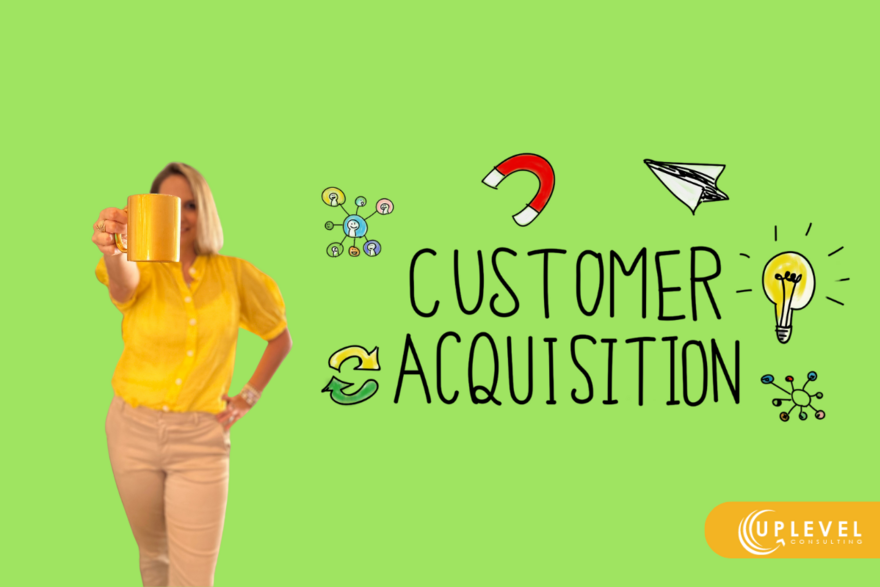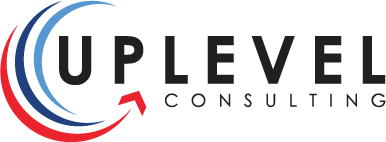The MUST-Answer Question in Marketing: What’s Your Customer Acquisition Cost (CAC)?

It’s one thing to gain the customers you want to build your business.
And another thing to know what you need to plan for with churn and customer retention.
Acquiring new customers is the lifeblood of any business. And the “new” is what most people tend to think of when it comes to marketing. But as I've written about before, marketing is the process that keeps your business going (sustaining it) and expanding (revenue growth).
That’s why knowing your Customer Acquisition Cost (CAC) is so critical. Let’s dig into why it’s important, how to calculate it and factors to consider as your marketing efforts expand.
What is Customer Acquisition Cost (CAC) And Why it Matters
Customer Acquisition Cost (CAC) is a metric that quantifies how much it costs a business to acquire a new customer. In other words, it is the total amount of money a company spends on marketing and sales efforts to gain one customer. This metric is crucial because it directly impacts a company's profitability and long-term success.
To calculate CAC, you divide the total marketing and sales expenses over a specific time period by the number of new customers acquired during that same period:
CAC = Total Marketing and Sales Expenses / Number of New Customers Acquired
For example, if a company spent $10,000 on marketing and sales in a month and acquired 100 new customers during that month, the CAC would be $100 ($10,000 / 100).
Why CAC Matters so Much in Marketing
Marketing is an investment not an expense. Of course, it feels like an expense but without it there is not a lot of opportunity for your business to grow. Therefore, it’s an investment. That means everything you do to market your business, (including networking memberships, directory listings, business cards, ads, video production, social media management, etc.) can all be factored into your customer acquisition cost.
Here’s why knowing your CAC needs to be at the forefront of your marketing strategy:
- Cost Efficiency
By calculating how much it costs to acquire a customer, businesses can determine whether their marketing and sales efforts are providing a positive return on investment (ROI). If the CAC is significantly higher than the average revenue generated from a customer, it indicates inefficiency in the acquisition process.
- Financial Planning and Budgeting
CAC plays an important role in calculating your marketing budget. Knowing the cost of acquiring a customer helps businesses plan their budgets better. It allows you to set realistic targets for customer acquisition and make informed decisions about marketing spending.
- Optimization of Marketing Channels
Some channels might be more cost-effective than others in acquiring customers. By tracking CAC for each channel (e.g., social media advertising, email marketing, SEO, PPC), businesses can allocate resources to the channels that yield the best results.
- Scaling and Growth
For businesses aiming to scale and grow, understanding CAC is crucial. As you expand your customer base, it's vital to ensure that your customer acquisition costs remain manageable. High and unsustainable CAC can hinder growth prospects and profitability.
- Customer Lifetime Value (CLV)
CAC gives you valuable insight when considered with Customer Lifetime Value (CLV). CLV calculates the total revenue a business can expect from a customer throughout their relationship. Comparing CAC to CLV helps you determine whether you are acquiring customers profitably in the long run. Ideally, CAC should be lower than CLV to ensure a healthy profit margin.
Factors Impacting CAC
Like most of marketing, your Customer Acquisition Cost is dynamic. The market is always changing. Prices are going up, demand is going down, something is always in flux. So here are a few factors to consider, over time as you calculate (and recalculate) your company's Customer Acquisition Cost.
- Industry and Market
Highly competitive industries may require more significant marketing spend to stand out and acquire customers.
- Marketing Strategy
The effectiveness of your marketing strategy, including the choice of channels, messaging and targeting, can affect CAC. A well-optimized strategy can reduce acquisition costs.
- Sales Process
The efficiency of your sales process plays a role in CAC. Streamlining sales procedures and improving conversion rates can lead to lower acquisition costs.
- Customer Segmentation
Not all customers have the same CAC. Segmenting your customer base and tailoring marketing efforts to specific segments can help optimize CAC.
- Seasonality
Seasonal fluctuations can impact CAC. Businesses may need to adjust their marketing budgets and strategies based on the time of year.
Things to Remember about Customer Acquisition Cost (CAC)
In the world of marketing, understanding Customer Acquisition Cost (CAC) is not just a good practice; it's a necessity. To grow your business, you need an effective marketing strategy and campaign execution.
And in order to be effective, marketing must be ongoing (in some form) to maintain and grow your business. Knowing your CAC is like having a compass that guides you towards financial sustainability and growth.
Need help? Reach out! I’m certain we can help you create a strategy that fits!

0 comments
Leave a comment
Please log in or register to post a comment